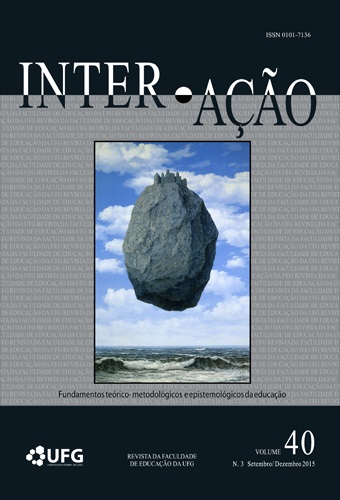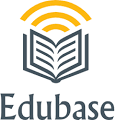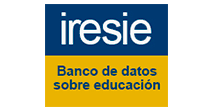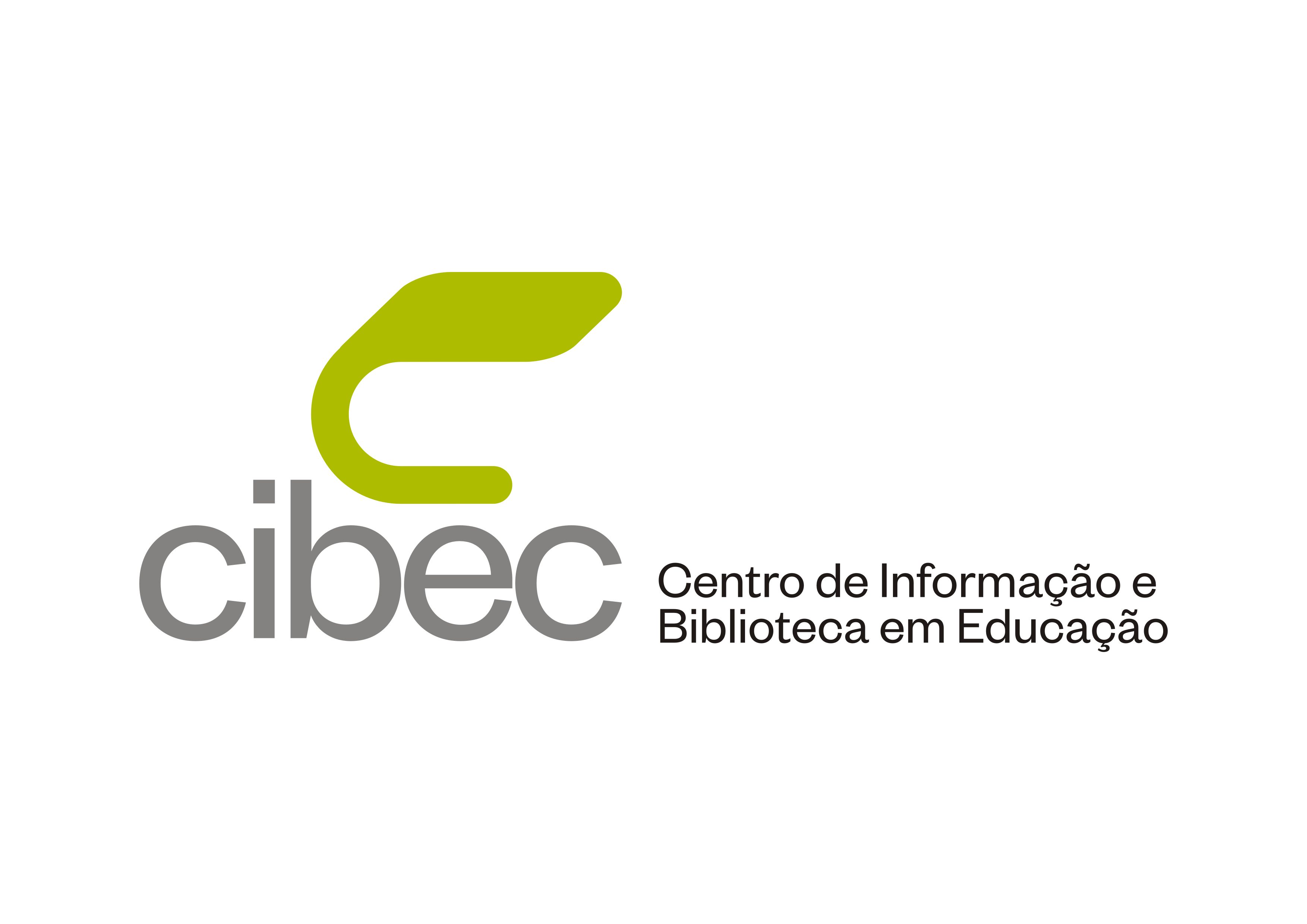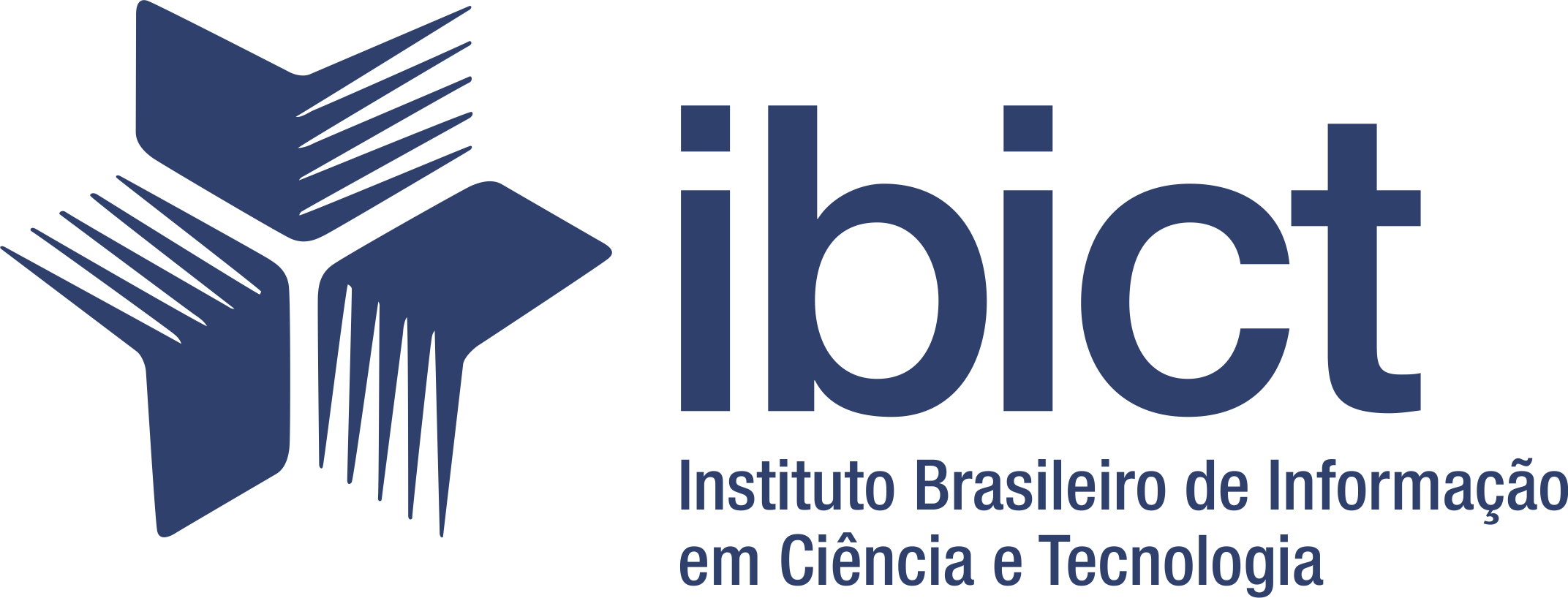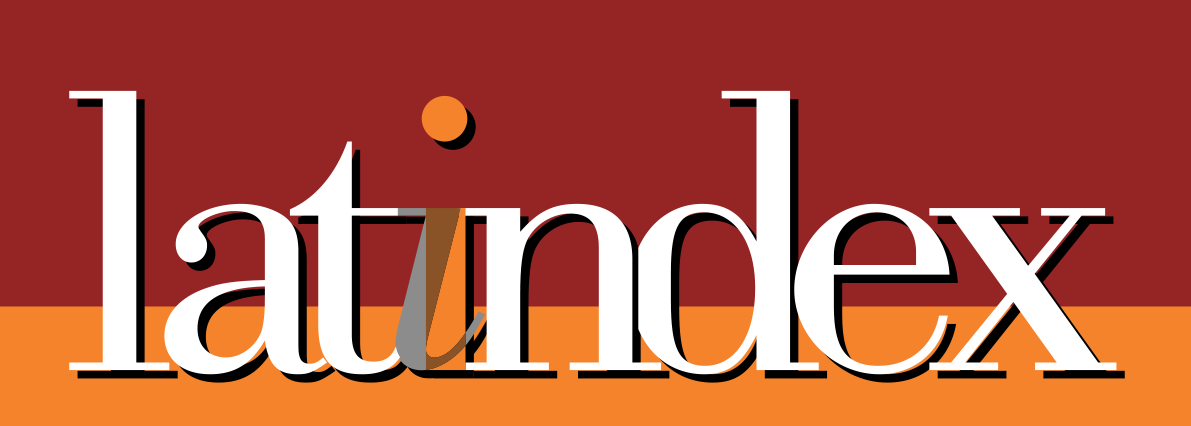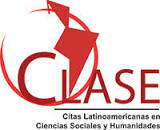O HIBRIDISMO TECNOLÓGICO DIGITAL NA CONFIGURAÇÃO DO ESPAÇO DIGITAL VIRTUAL DE CONVIVÊNCIA: FORMAÇÃO DO EDUCADOR
DOI:
https://doi.org/10.5216/ia.v40i3.35419Keywords:
Espaço. Hibridismo tecnológico digital. Espaço digital virtual de convivência. Formação do educadorAbstract
O artigo aborda a formação do educador por meio das tecnologias digitais emergentes. A pesquisa contempla dois aspectos: contexto do hibridismo tecnológico digital; configuração dos espaços digitais virtuais de convivência. A reflexão ocorreu nos cursos de formação inicial do educador, desenvolvidos no Brasil e na França, no contexto do hibridismo tecnológico digital composto por: Ambiente Virtual de Aprendizagem; Comunicador Instantâneo; Blog e Metaverso. Por meio da metodologia de Estudo de Caso, evidenciamos que o espaço digital virtual de convivência se configura quando: os seres humanos representam a sua percepção em espaços digitais virtuais; a partir da representação de cada ser humano se instaura a perturbação, pois o outro é legítimo; há a necessidade de compensar a perturbação configurando um espaço comum, numa perspectiva de coexistência e de emergência.Downloads
Downloads
Published
How to Cite
Issue
Section
License
Inter-Ação uses the Creative Commons Attribution 4.0 License for Open Access Journals (Open Archives Initiative - OAI) as the basis for the transfer of rights. Open access means making documents available on the Internet free of charge, so that users can read, download, copy, distribute, print, search, or link to the full text of documents, process them for indexing, use them as input data for software programs, or use them for any other lawful purpose, without financial, legal, or technical barriers.
Authors publishing in this journal agree to the following conditions:
1) Authors retain copyright and grant the journal the right of first publication, with the work simultaneously licensed under the Creative Commons Attribution License, which permits redistribution of the work with attribution and first publication in this journal.
2) Authors are permitted to enter into additional, separate agreements for non-exclusive distribution of the version of the work published in this journal (e.g., for publication in an institutional repository or as a book chapter), with attribution and first publication in this journal.
3) Authors are permitted and encouraged to publish and distribute their work online (e.g. in institutional repositories or on their home page) at any time before or during the editorial process, as this may generate productive changes as well as increase the impact and citation of the published work.

